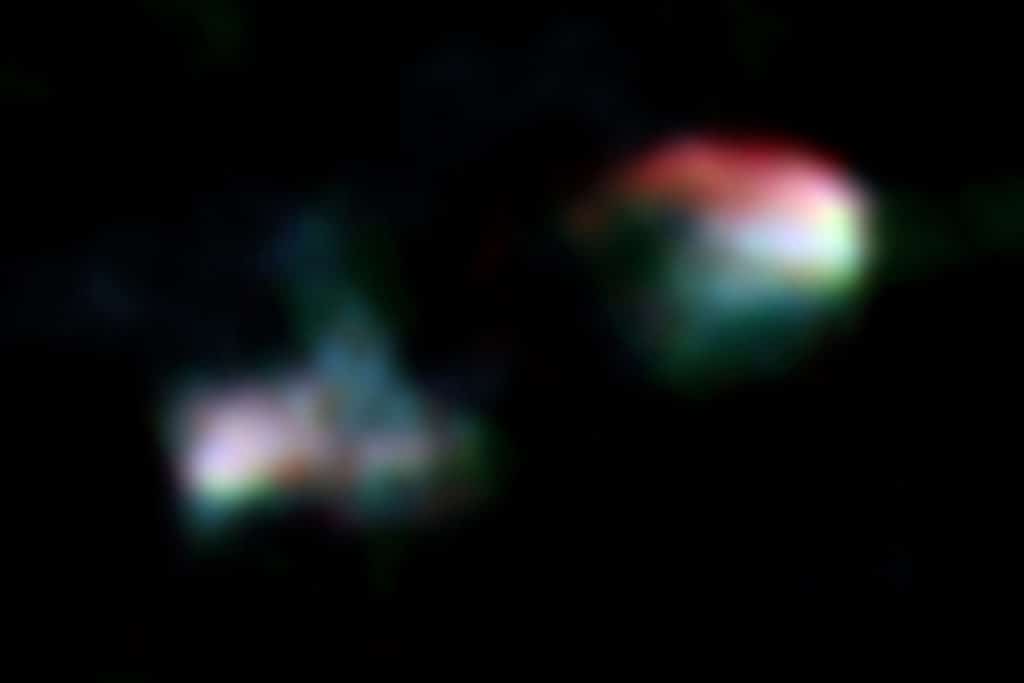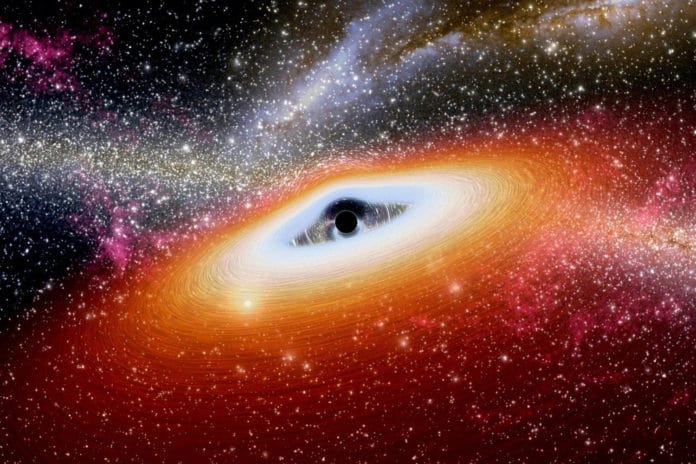As the name suggests, supermassive black holes have masses ranging from one million to 10 billion solar masses. Sometimes, SMBHs are quiet and invisible, which makes it quite challenging to observe directly.
But when a material is falling into their massive maws, they blaze with radiation, putting out more light than the rest of the galaxy combined. These bright centers are known as Active Galactic Nuclei and are the strongest proof for the existence of SMBHs.
A research group from Tohoku University recently discovered an AGN towards the end of its life span by accident after catching an AGN signal from the Arp 187 galaxy. The analysis revealed that the AGN has recently been quenched within the last 3,000 years.
The discovery was made using the Atacama Large Millimeter/submillimeter Array (ALMA) and the Very Large Array (VLA). Scientists discovered a jet lobe, but there was no signal from the nucleus. It signifies silence in the AGN activity.
After the death of AGN, smaller-scale AGN features become faint because further photon supplies also shut down. But the large-scale ionized gas region is still visible since it takes about 3000 years for photons to arrive at the region’s edge.

Tohoku University’s Kohei Ichikawa said, “We used the NASA NuSTAR X-ray satellite, the best tool to observe current AGN activity. It enables non-detection, so we were able to discover that the nucleus is completely dead.”
“We will continue to investigate dying AGNs moving forward. We will search for more dying AGN using a similar method as this study. We will also obtain the high spatial resolution follow-up observations to investigate the gas inflows and outflows, which might clarify how the shut down of AGN activity has occurred.”
Publication Details:
Title: Serendipitous Discovery of a Dying Active Galactic Nucleus in Arp 187. Authors: Kohei Ichikawa, Junko Ueda, Taiki Kawamuro. Conference: 238th Meeting of the American Astronomical Society.
